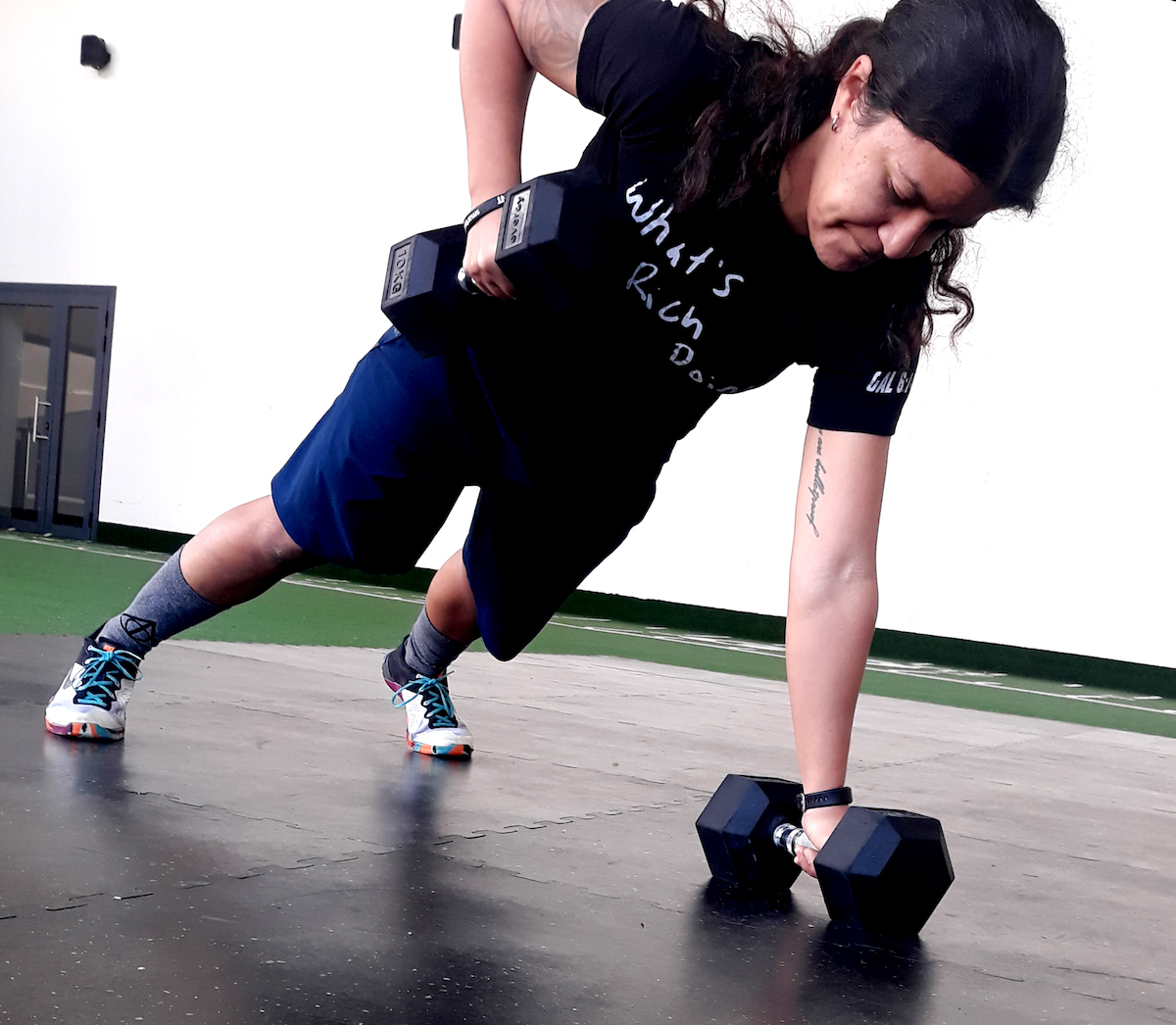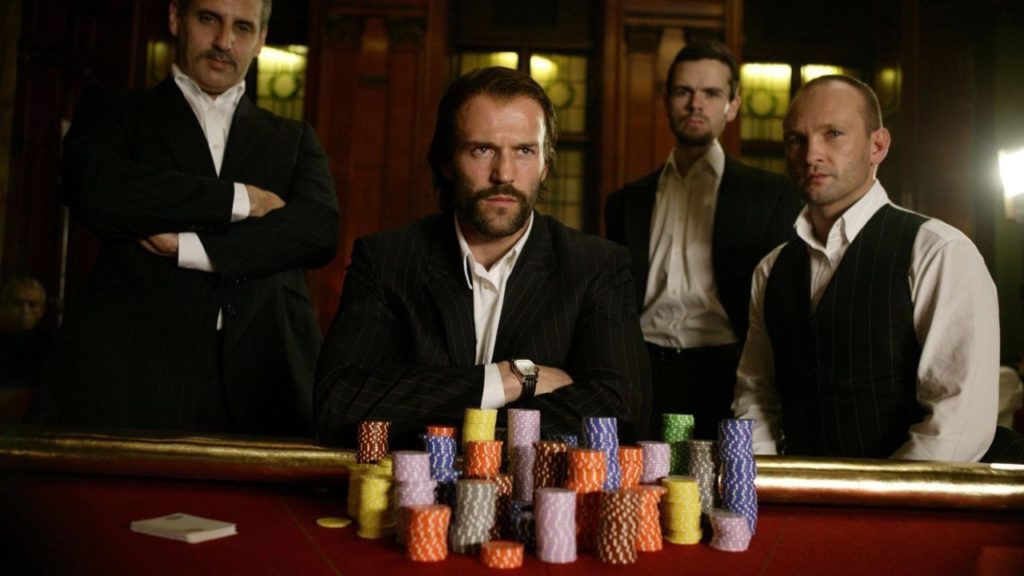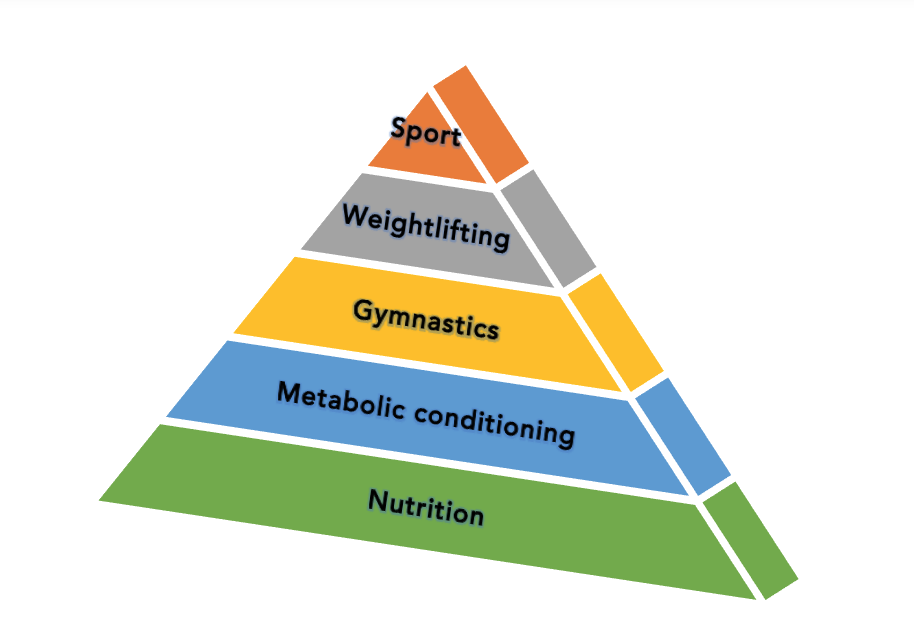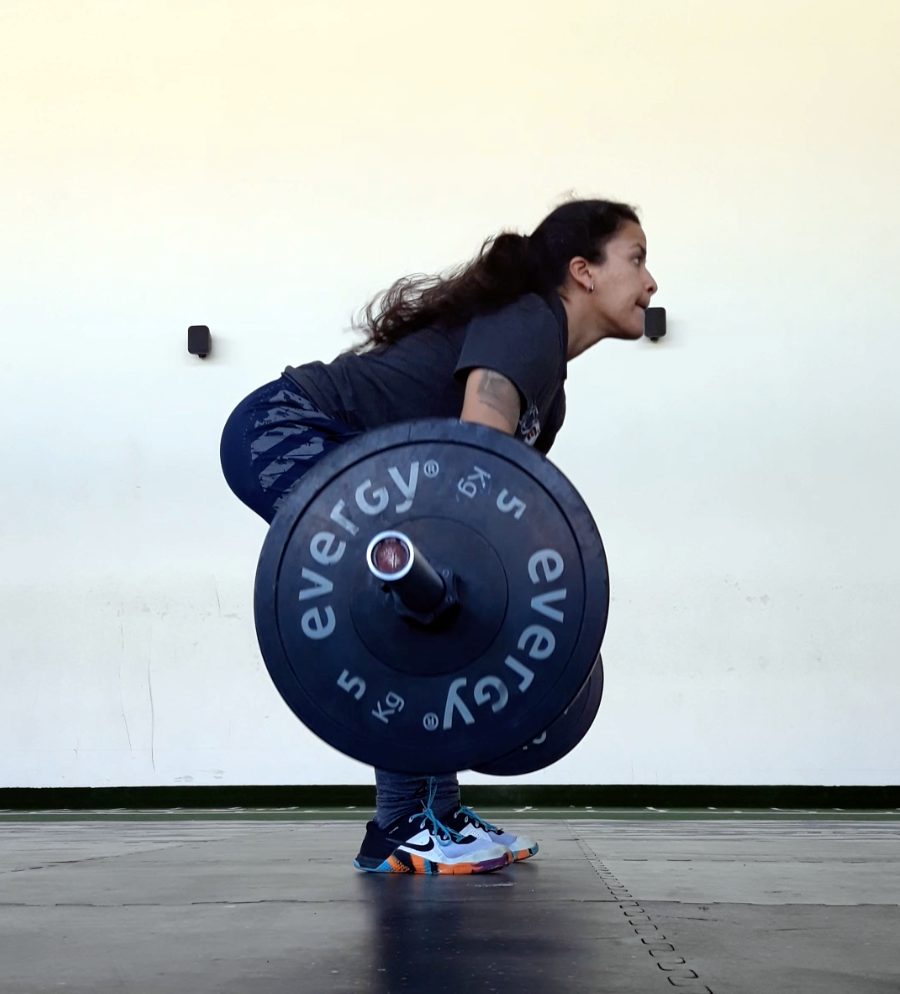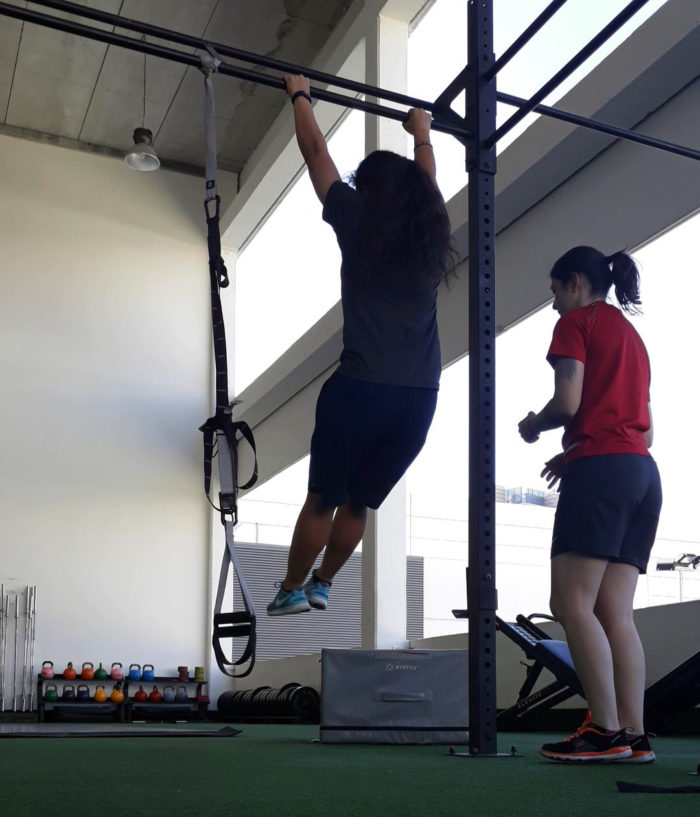Emotions and performance in CrossFit
Now that we’ve settled the basics of emotions in CrossFit in the previous post we can dig a little deeper. The goal now is to determine the impact exerted by specific emotions and how we can use certain moods in our favor.
Studying the relationship between emotions and sport performance is complex. Generally, we face face three issues (Robazza, Pellizzari & Hanin, 2004):
- Identifying emotional states related to individually successful and poor performances. Analyzing emotional state of an athlete in the middle of competition presents a difficult challenge in itself. Given the nature of emotion, these are usually all mixed up and blurred so obtaining precise information is quite impossible.
- Understanding emotion–performance relationships. The dynamics of human emotion are ever-changing and so is its influence on performance. It’s often hard to determine which came first: success or the emotion.
- Selecting relevant techniques of self-regulation. Choosing the right techniques for each case require a solid amount of information across training sessions, major events, minor competitions and so on.
However, there are several theories that venture into the intricate world of emotion applied to sport performance. We’ll be covering two of them: the CMR theory and the IZOF theory.
CMR theory
We can’t talk about emotion without Lazarus so obviously one proposal has to do with his Cognitive-motivational-relational theory. More specifically, the core relational themes and how they manifest in the context of elite-level sport. Core relational themes «summarize the person’s relationship to the environment in terms of a particular type of harm or benefit» (Smith & Lazarus, 1991).
Each emotion has its core relational theme and it should never be detached from appraisal processes. In order to understand the function of an emotion for an individual in response to a particular situation, it is paramount that we consider the appraisal content. What one may consider harmful, others may consider beneficial.
For example: athlete A can consider coming in last in a running WOD as harmful for their self-esteem while athlete B can take this same situation as an opportunity to detect a flaw in their fitness that’s blunting their improvement. In the future, athlete A may neglect running to avoid damage to self while athlete B may practice running more often to turn his weakness into a strength. As you can see, emotions in CrossFit can also influence our long-term progress.
Although Lazarus considered other emotions such as guilt and hope, the two emotions that have received more scientific validation are anger and anxiety.
Anger
In the 2014 CrossFit Games Rich Froning did poorly on the Triple 3 and the sled pushes which lead to him being removed from the final heat (which hadn’t happened to him since 2010). He claimed he «was a little angry» and this emotion fired him up for the following event. He went on to win 21-15-9 complex in dominant fashion, entering full-attack mode which is something rarely seen in Froning.
It’s also seen in powerlifters who slap their faces or scream before lifting something real heavy; they’re looking to boost their activation in order to temporarily increase their strength.
These examples support Lazarus’ claim that core relational theme for anger calls for «a powerful impulse to counterattack in order to gain revenge for an affront or repair a wounded self-esteem». When applied to sports, it has been argued that a physical skill that demands «lashing out» will be heavily enhanced by anger.
Anxiety
Anxiety has been tackled in another post and also in CMR theory. This emotion cannot be neglected when describing negative affect and its influence on sport performance. Adaptive function for this emotion is to avoid potential harm (Smith & Lazarus, 1991). So the athlete will perceive a potential or real threat and respond with anxiety.
In the context of competition, the threat is «real» in the sense that failing to meet a certain standard is something feared by elite-level athletes or even amateur. So we can’t really say anxiety is uncalled for in this situation. However, it must be kept at a level where it doesn’t impair performance but rather impulses it.
Being «in the zone»

The IZOF theory – Individual Zone of Optimal Functioning – states that individuals will perform better when they are in their preferred emotional range (Robazza et. al, 2004). Five basic dimensions (form, content, intensity, time, and context) are used to describe individually optimal and dysfunctional structure and dynamics of performance-related emotional experiences.
- Content: individually optimal and dysfunctional emotion content described by athlete-generated idiosyncratic markers. This is easy to confirm: ask the person closest to you what sadness is and then answer the same question: did you say the same thing?
- Intensity: each athlete has individually optimal emotion intensity (high, moderate or low). If we observe Fraser or Cody Anderson before stepping out onto the floor we can see their emotional intensities are completely opposite.
- Context: idiosyncratic emotion content and intensity are different in practices and competitions and vary across pre-, mid-, and post-event performance situations. Warming up for a random WOD at your box is not the same as warming up for 19.1 Emotions in CrossFit are in constant change and depend on the circumstances.
Getting into the optimal zone pre-event does not guarantee that athletes will stay in the zone until the task is completed. Lest we forget there is a bi-directional influence between performance and emotion that occurs before, mid-event and after. To enhance performance it is necessary that an athlete is: aware of his or her optimal and dysfunctional zones; able to distinguish optimal from less than optimal states; and able to enter and stay in the optimal zone during performance. (Robazza et. al, 2004)
If we work on all dimensions, the road to the zone becomes a solid one. However, setting foot on the optimal zone prior to an event doesn’t guarantee you’ll stay there for the duration of the event. Keep in mind there is a bidirectional interaction betwen performance and emotion that happens at all stages of competition. Therefore, if you seek to enhance performance you must learn to:
- Increase awareness and acceptance of content (facilitating-inhibiting, pleasant-unpleasant) and intensities of emotions and bodily symptoms
- Improve psychological skills to recover emotions and symptoms associated with best performance, and to either increase or decrease their levels.
What I like about this particular theory is that essentially it relies on awareness. Learning to identify our emotional states is the first step towards excellence in any aspect of our lives.
As I’ve said before, emotions fire us up and give meaning and intensity to life events. It’s the closest thing we’ve got to having superpowers. Increasing our energy levels to where we increase liberate more adrenaline will necessarily lead to better performance in CrossFit. You’ll last longer, you’ll lift heavier and you’ll endure pain more easily.
Which theory is closest to the truth? We may never know. But rest assured that your emotions will help bring that extra 1% that can make a difference between victory and defeat.
Robazza, C., Pellizzari, M., & Hanin, Y. (2004). Emotion self-regulation and athletic performance: An application of the IZOF model. Psychology of Sport and Exercise, 5(4), 379-404. Uphill, M. A., & Jones, M. V. (2007). Antecedents of emotions in elite athletes: A cognitive motivational relational theory perspective. Research quarterly for exercise and sport, 78(2), 79-89. Woodman, T., Davis, P. A., Hardy, L., Callow, N., Glasscock, I., & Yuill-Proctor, J. (2009). Emotions and sport performance: An exploration of happiness, hope, and anger. Journal of sport and exercise psychology, 31(2), 169-188.


